
Casting Alloy Parts
- Global delivery as fast as 30 days
- Machined prototypes in as fast as 9 days.
- Perfect Service And High Quality
- Tolerances down to +-0.005mm
- ISO 9001:2015, ITAF 16949
>>>All uploaded drawings are strictly confidential, check the confidentiality agreement
Custom Casting Alloy Parts – China Top Casting Alloy Parts Manufacturer
If you are looking for dependable custom casting alloy parts supplier with High pressure die casting service who offers you competitive price, good service and quality for aluminium (aluminum), zinc, or magnesium die casting and investment casting, then we are surely a partner you are looking for to fulfill all your die casting needs. With quality service and state of art technology, we indeed claim in providing quality pressure die casting including aluminum/zamak/magnesium alloy castings to our customers all over the world.
What Is Casting Alloy Parts – Casting Alloy Define
Casting Alloy parts, refers to the name of the article after the structural change is finally fabrication by changing the casting alloys with a suitable manufacturing process.
The metal materials used to produce castings are called casting alloys, and almost all alloys can be used in casting production except for particularly refractory alloys. Commonly used smelting methods for casting alloys are: cupola smelting, reverberatory furnace smelting, electric arc furnace smelting, intermediate frequency and power frequency induction furnace smelting, crucible furnace smelting, etc.
Cast alloys (including cast iron, cast steel and cast non-ferrous alloys) are important engineering materials and play a very important role in industrial and agricultural production, national defense construction and people’s daily life,especially in the machine manufacturing industry, the proportion is even greater.
The rapid development of modern casting alloy types and melting technology is mainly after the 1950s, such as the substantial shortening of the annealing cycle of inoculated cast iron, ductile iron, vermicular cast iron, malleable cast iron, and the development of electric furnace melting cast iron technology. With the extensive and in-depth research on various casting alloys, casting process methods and casting alloy melting furnaces, many new technologies and new achievements have been continuously applied to production, especially the application of computers in casting production, which has made great achievements. satisfactory results.
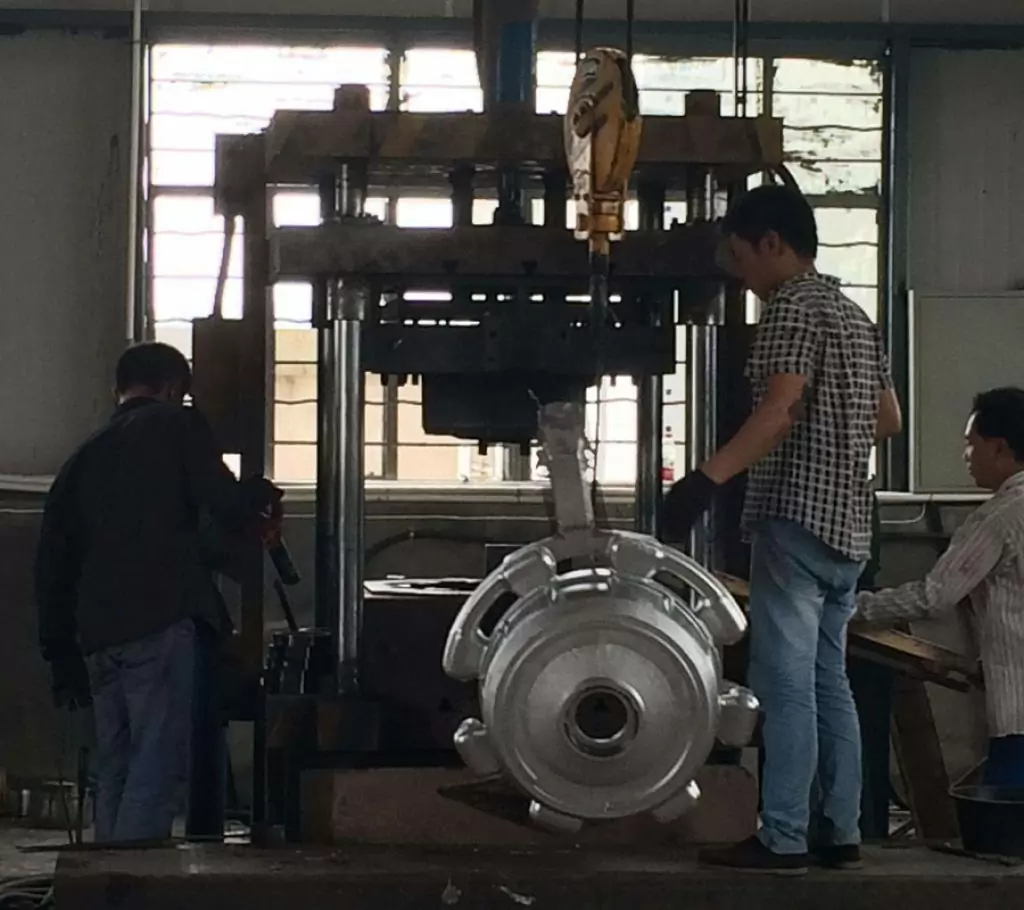
Common Materials Of Casting Alloy Parts
- grey cast iron:The carbon content of gray cast iron is close to the eutectic composition, the crystallization temperature interval is small, the melting point is low, graphite is precipitated during crystallization, and the volume expansion can offset the shrinkage of some castings, so the overall shrinkage is small and the fluidity is good. For example, when the pouring temperature of gray cast iron is 1200-1280 °C, the length of the spiral line indicating the fluidity is 600-1200mm, and the total volume shrinkage rate is between 6.9% and 7.8%.
- carbon cast steel:The carbon content of cast steel commonly used in the manufacture of machine parts is 0.25% to 0.45%. The casting temperature of cast steel is high (about 1500 ° C, poor fluidity, the length of the helix is 100mm, the shrinkage is large, the total volume shrinkage rate is 12.4%, and it is easy to inhale and oxidize during the smelting process, so the casting performance of cast steel is poor, It is easy to produce defects such as sticky sand, insufficient pouring, cold isolation, shrinkage cavities, cracks, and pores.
- non-ferrous metals:Copper alloy has low melting point and good fluidity. The pouring temperature of tin bronze is 1040℃, the length of the spiral is 420mm, the pouring temperature of silicon brass is 1100℃, and the length of the spiral is 1000mm. Copper alloys are easy to be oxidized during smelting, and some copper alloys (such as lead bronze) are also prone to density segregation. During smelting, attention should be paid to preventing alloy oxidation, burning loss, and segregation.The pouring temperature of aluminum alloy is lower, generally at 680°C, the length of the helix is 700-800mm. Aluminum alloy is easy to inhale and oxidize at high temperature, which affects its mechanical properties. Therefore, attention should be paid to isolating the contact between the alloy liquid and the furnace gas during smelting, and some purification measures should be adopted.
Custom Casting Alloy Parts Applications – What is Custom Casting Alloy Parts Used for
Because the fabrication allows a very high precision without altering the structure of the material with a good rate of manufacture, fabrication is becoming increasingly common as its machine range, control systems and cutting tools are just growing. Our fabrication service is used to produce a variety of custom-designed fabrication parts and products in all areas of the industry:
The Case Studies Of Custom Casting Alloy Parts
You have a complex casting alloy parts design, Our fabrication service can help you turn it into a reality. With the right equipment, strong technical knowledge, and a focus on quality.. From tool design to finishing and then on to shipment, Be-cu prototpe ensure that every project is completed to a high standard and that your orders are delivered on time, every time.
-
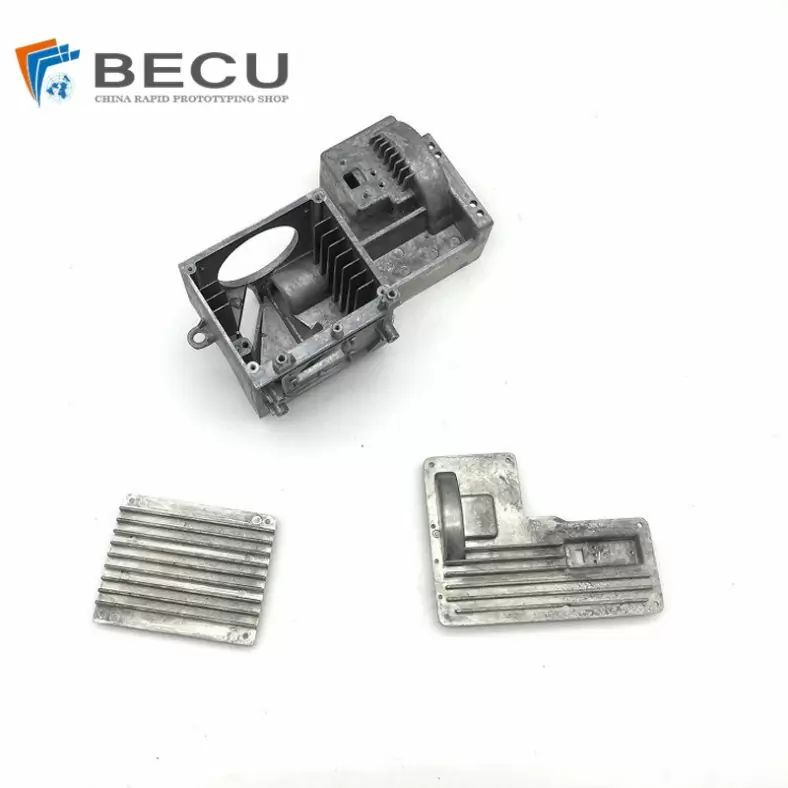
Professional Small Baler Aluminum Alloy Die-casting Mold Production
-
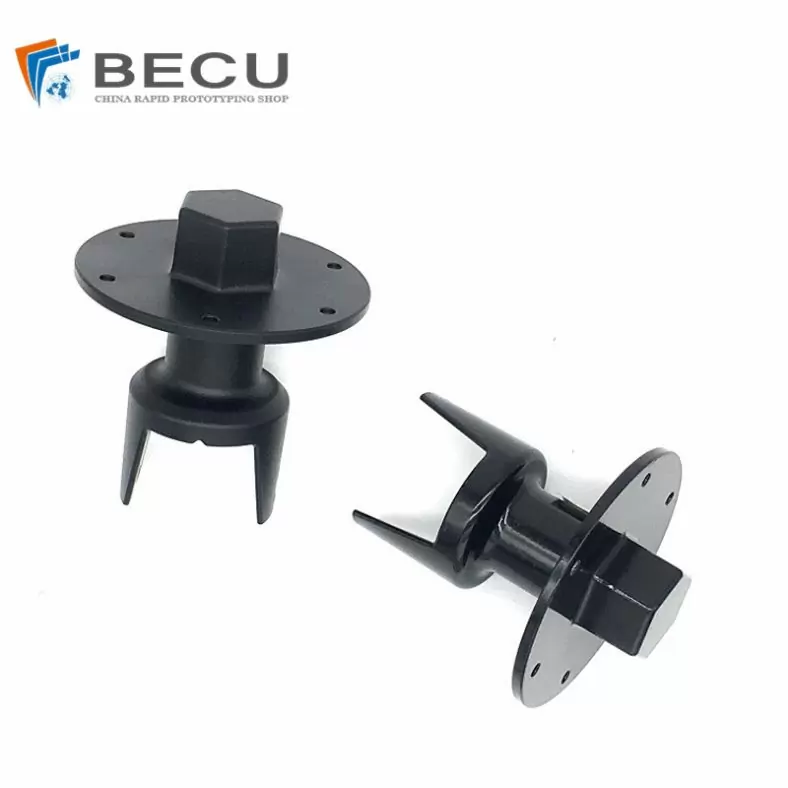
China Die Casting Factory Manufactures Surface Sprayed Aluminum Valve Body
-
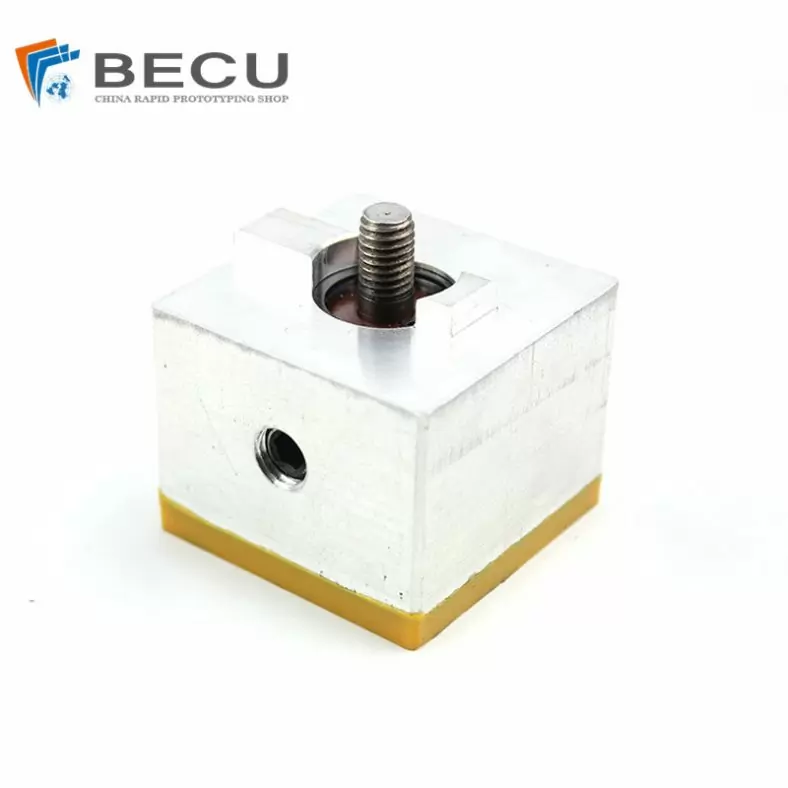
Extrusion Die-casting Polyurethane-Coated Aluminum Alloy Profiles
-

Custom Precision Aluminum Die Cast Brackets and Finishes
-

Open Mold Custom Aluminum Die-Casting Automotive Distributor
-

Open Die Casting Of Automotive Brake Aluminum Alloy Parts
-

Retainer Cast Aluminum Custom Machining and Finishing
-
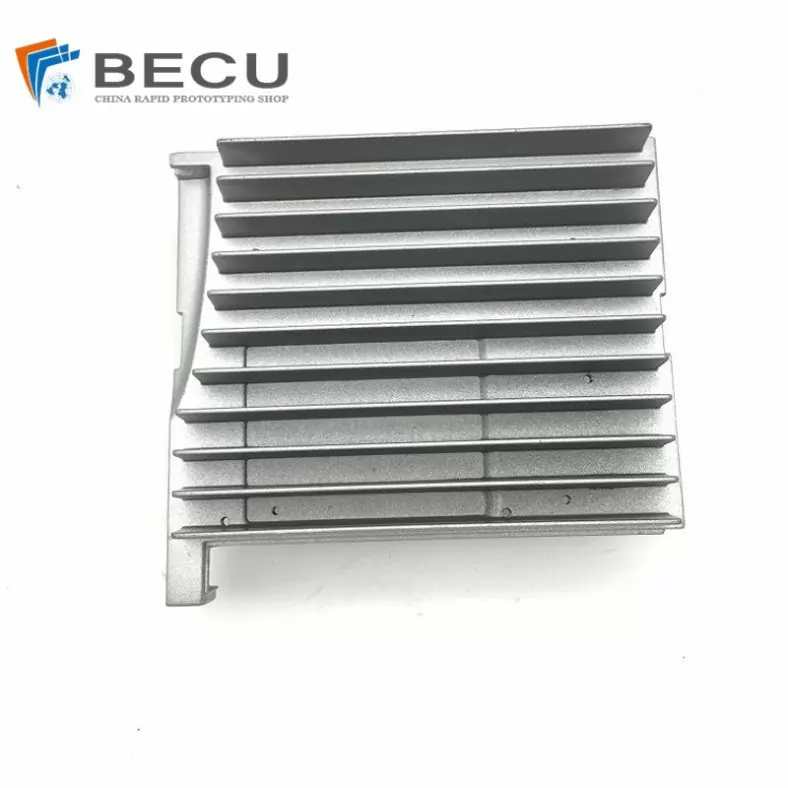
Die-casting Aluminum Alloy Motor Cover Heat Sink
-

Customized Precision Casting Aluminum Alloy Radiator Shell
-

Open Mold Die-casting Aluminum Alloy Heat Dissipation Shell
